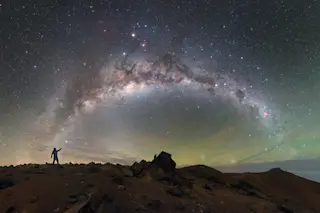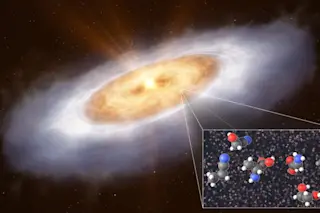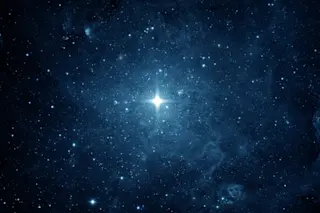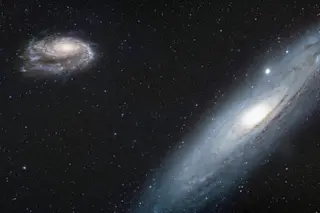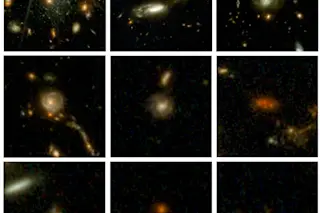The Milky Way is the galaxy we live in, one of the countless collections of stars and dust throughout the universe. It's a reality so basic, grade school kids learn it.
But it wasn’t always so obvious.
Just 100 years ago, the nature of the Milky Way — and the universe itself — was still a matter of debate. On April 26, 1920, astronomer Harlow Shapley claimed our galaxy was the entire universe. Astronomer Heber Curtis countered that the blurry star clusters seen with a telescope were “island universes,” separate from, but analogous to, the Milky Way.
Within five years, Edwin Hubble produced a reliable distance to one of the clusters we now know is our neighbor, the Andromeda Galaxy. His measurements showed that the gulf is so vast, Andromeda must be outside the Milky Way. Upon seeing a note from Hubble describing the results, Shapley said, “Here is the ...


